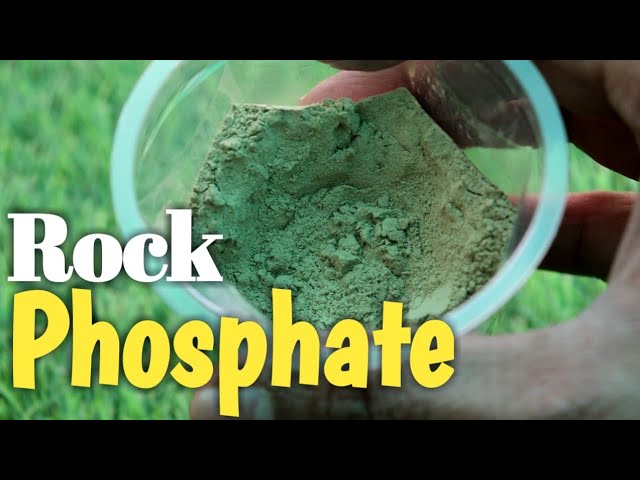Unlocking the Mystery of Benzoic Acid Formula: Everything You Need to Know
Benzoic Acid Formula: A Closer Look at this Chemical Compound
Benzoic Acid Formula is a subject that many chemistry enthusiasts find interesting. It is widely used as a food preservative, and therefore, it has received a lot of attention from different industries, including the food and beverage, cosmetic, and pharmaceutical industries.
If you have ever read the ingredient label of any packaged food, you may have noticed the presence of benzoic acid. In its natural form, benzoic acid is a white crystalline powder that has no odor but has a slightly bitter taste. The chemical compound is mainly produced by the oxidation of toluene or benzene, which are abundant in nature.
Benzoic acid formula is C7H6O2. The molecular weight of this compound is 122.12 g/mol. The chemical formula shows that it contains seven carbon atoms, six hydrogen atoms, and two oxygen atoms. Benzoic acid is a weak acid, which means it does not completely dissociate into ions when dissolved in water.
Benzoic acid is widely used as a food preservative because of its antimicrobial properties. It inhibits the growth of bacteria, yeasts, and molds, which can spoil food products. Moreover, benzoic acid is less toxic compared to other compounds used as preservatives in the food industry.
Besides the food industry, benzoic acid is also used in the cosmetic and pharmaceutical industries. It is used in the production of skin care products, such as creams, lotions, and shampoos, as it has anti-inflammatory properties. Benzoic acid is also used as a precursor in the production of some drugs, such as benzylpenicillin and caffeine.
When benzoic acid is combined with other chemicals, it can form different salts, such as sodium benzoate, potassium benzoate, and calcium benzoate, which are also used as preservatives in the food industry. These salts are more soluble in water, which makes them more effective compared to benzoic acid.
Sodium benzoate is the most common salt of benzoic acid used as a food preservative. Its formula is C7H5NaO2, and its molecular weight is 144.11 g/mol. Sodium benzoate is highly soluble in water, and its antimicrobial properties are enhanced when combined with other preservatives, such as potassium sorbate.
In conclusion, benzoic acid is a chemical compound that is widely used in different industries because of its antimicrobial and anti-inflammatory properties. The benzoic acid formula is C7H6O2. It is less toxic and less expensive compared to other compounds used as preservatives in the food industry. When combined with other chemicals, it can form different salts, such as sodium benzoate, which is highly soluble in water and more effective as a preservative.
Most searched products:
Does Sephora Support Israel? Answering Your Questions
The Ultimate Guide to Azealic Acid: Benefits, Uses, and Side Effects
Discover the Benefits of The Ordinary Botox for Your Skin
How Long Does Glycolic Acid Take to Show Results: Your Ultimate Guide
The Ultimate Reviews of The Ordinary Peeling Solution
Say Goodbye to B.O with Glycolic Acid Deodorant: The Secret to Long-Lasting Freshness
Unlock the Power of Hyaluronic: Benefits, Uses, and Top Products
10 Amazing Face Care Sets That Will Transform Your Skincare Routine Today
The Ultimate Guide to Sulphate: What You Need to Know
Lipophilic: Understanding the Importance and Properties of Lipophilic Molecules













